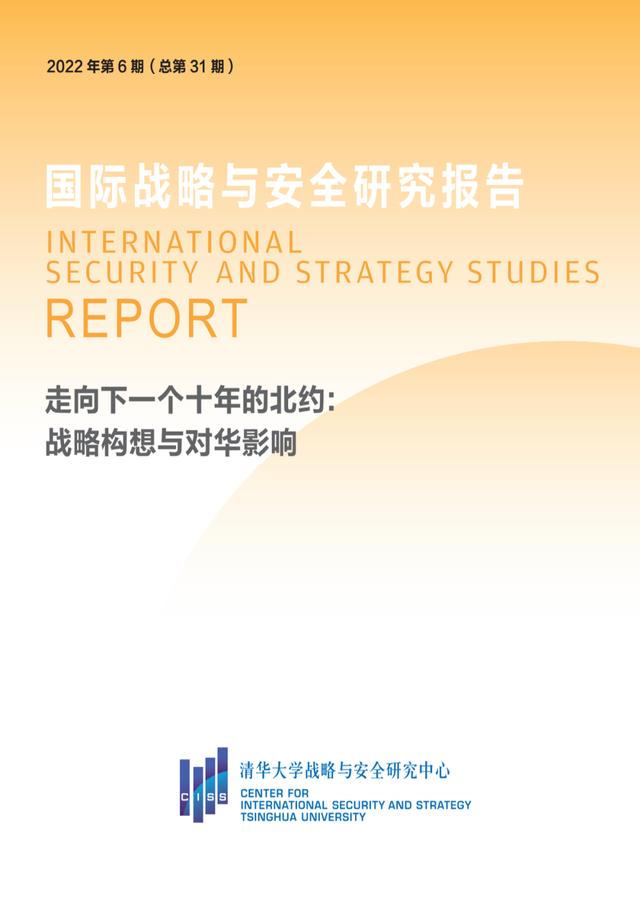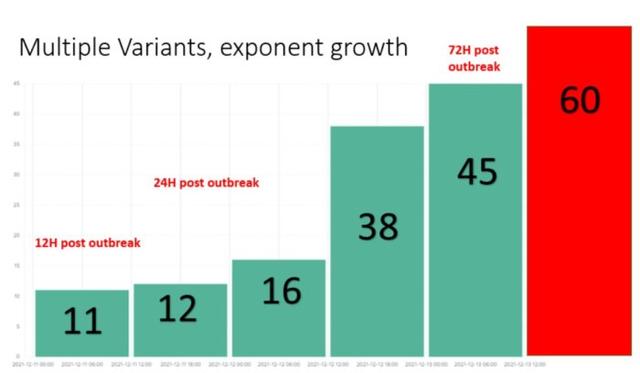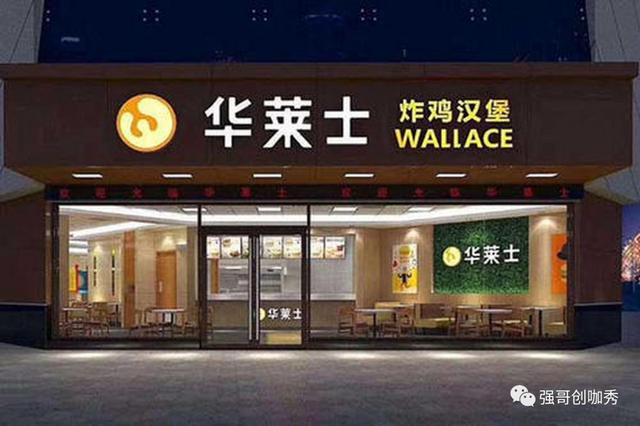Plastic-munching superworms offer hope for recycling

图片来源,昆士兰大学
科学家希望“超级蠕虫”肠道酶的发现可以改变塑料的回收利用。
Scientists hope the discovery of a 'superworm' gut enzyme can transform Plastic recycling
研究人员说,一种吃塑料的昆虫幼虫可以帮助彻底改变塑料的回收利用。
A species of insect larvae with a taste for plastic could help revolutionise recycling, researchers say.
澳大利亚科学家发现Zophobas morio- 通常被称为超级蠕虫 - 可以在聚苯乙烯的饮食中生存。他们认为甲虫幼虫通过肠道酶消化塑料。这可能对回收利用的进步具有重要意义,该研究的一位作者说。
Australian scientists have found the Zophobas morio - commonly known as a superworm - can survive on a diet of polystyrene.
They believe the beetle larvae digest the plastic through a gut enzyme.
That could be significant for advancements in recycling, says one of the study's authors.
“超级蠕虫就像小型回收植物,用嘴切碎聚苯乙烯,然后将其喂给肠道中的细菌,”Chris Rinke博士说。
"Superworms are like mini recycling plants, shredding the polystyrene with their mouths and then feeding it to the bacteria in their gut," Dr Chris Rinke said.
昆士兰大学的研究小组在三周内喂给三组超级蠕虫不同的饮食。吃聚苯乙烯的那组体重得到了增加。
The University of Queensland team fed three groups of superworms different diets over three weeks. The batch that ate polystyrene even put on weight.
研究小组发现,超级蠕虫肠道中的几种酶具有降解聚苯乙烯和苯乙烯的能力。两者都常见于外卖容器和其他物品,如绝缘材料和汽车零件。
The team found several enzymes in the superworm's gut have the ability to degrade polystyrene and styrene. Both are common in takeaway containers and other items such as insulation and car parts.

但这项研究不太可能导致大规模的蠕虫农场用作回收工厂。取而代之,研究人员希望确定哪种酶是最有效的,以便可以大规模复制以用于回收。
But the research is unlikely to lead to massive worm farms that double as recycling plants.
Instead, they hope to identify which enzyme is the most effective so it can be reproduced at scale for recycling.
也就是说,塑料将被机械粉碎,然后用酶处理,该研究发表在微生物基因组学.
“这种反应的分解产物可以被其他微生物用来制造高价值的化合物,如生物塑料,”Rinke博士说。
Plastic would then be mechanically shredded, before being treated with the enzyme, said the research published in Microbial Genomics.
"The breakdown products from this reaction can then be used by other microbes to create high-value compounds such as bioplastics," Dr Rinke said.
先前的研究表明,某些类型的甲虫幼虫可以消耗聚苯乙烯。但这项研究更进了一步,澳大利亚国立大学研究员科林杰克逊说 – 虽然他没有参与这项研究。
“这项研究对于了解[超级蠕虫]肠道中的细菌如何在分子水平上做到这一点有很大帮助,”杰克逊教授告诉澳大利亚广播公司。这对于在回收利用领域转化和运用这种方法是非常重要的
Research has previously shown some types of beetle larvae can consume polystyrene. But this study takes it a step further, says Australian National
Internationally, University researcher Colin Jackson - who wasn't involved with the study.
"This study goes a long way towards understanding how the bacteria in [the superworms'] gut do this at the molecular level," Professor Jackson told the Australian Broadcasting Corporation. "[That's important for translation and use of this type of approach in recycling. ] "

在国际上,其他研究人员在利用细菌和真菌分解塑料方面取得了成功。
other researchers have had success in using bacteria and fungi to break down plastics.
但有些人质疑这些技术在商业上是否可行。
But some question whether such techniques will ever be commercially viable.
“对于这样的研究来说,规模的扩大和技术的转化总是一个挑战。在塑料领域,塑料污染的惊人规模和经济上生产新塑料的廉价程度放大了这一点,”杰克逊教授说。
"The scale-up and translation of research like this is always a challenge, which is magnified in the area of plastics by the incredible scale of the problem and the economics in terms of how cheap new plastic is to produce," Professor Jackson said.
BBC News, Sydney
,




